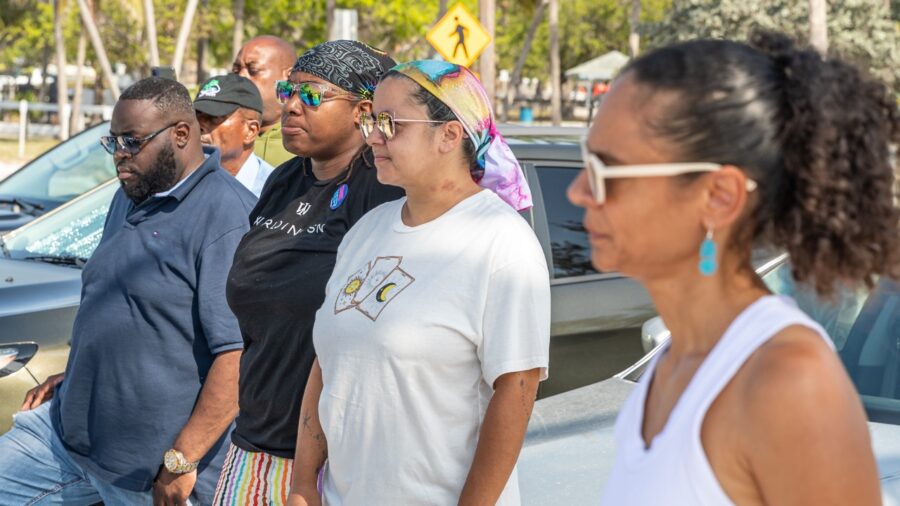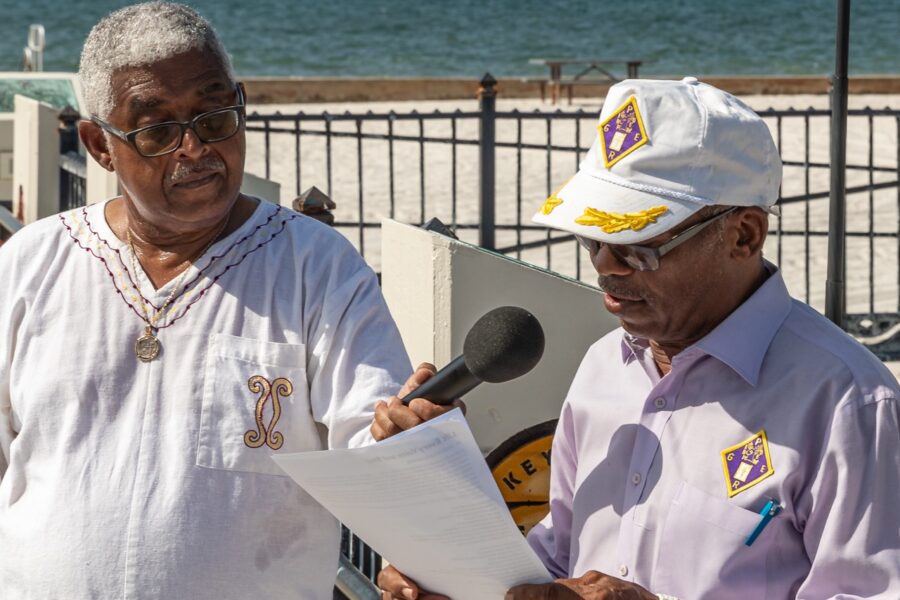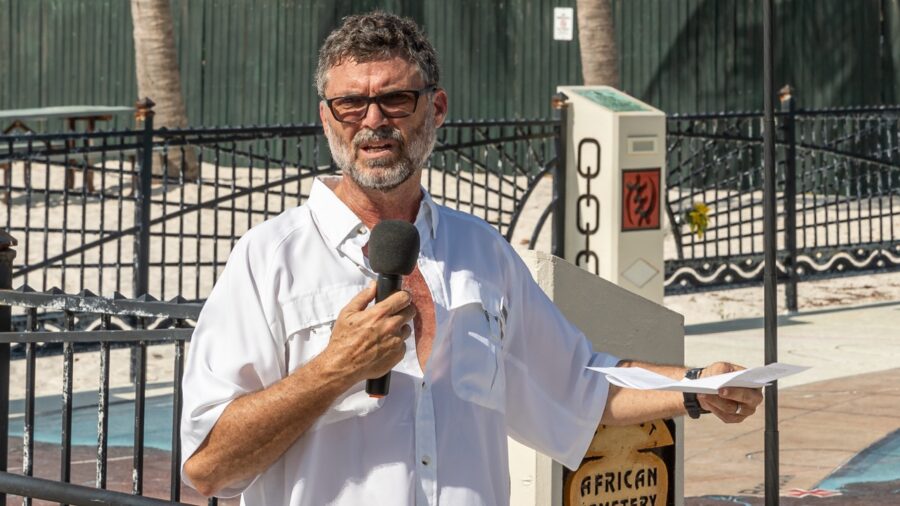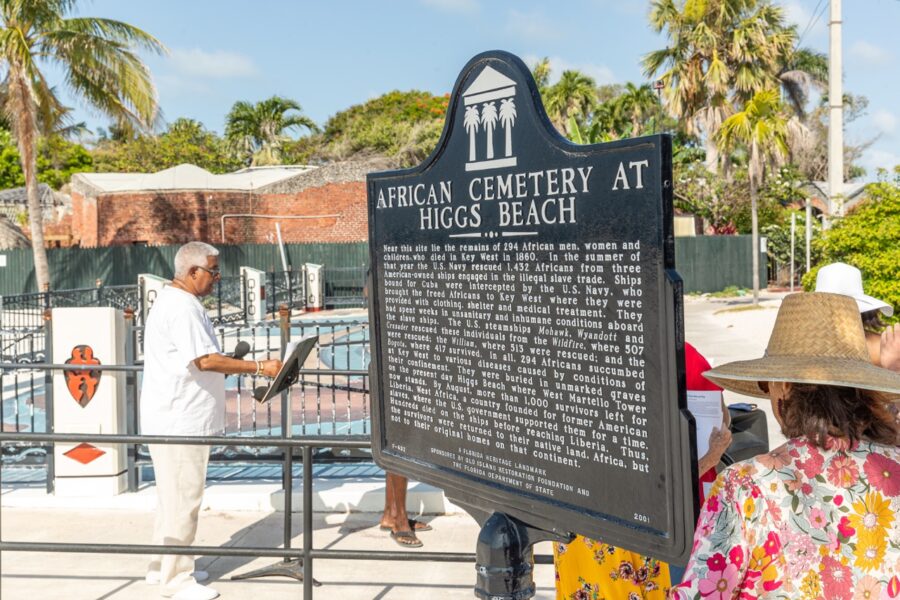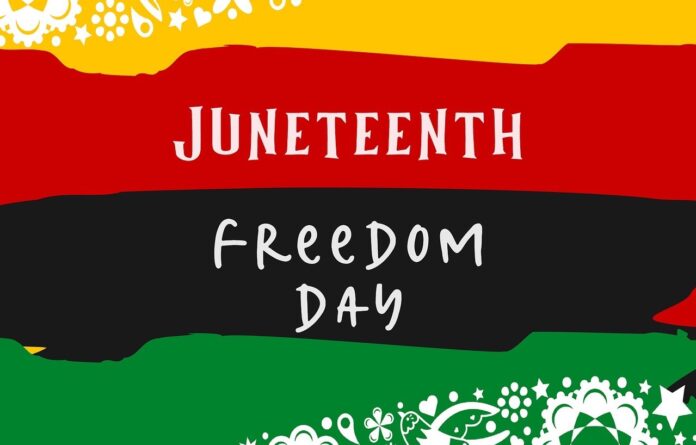Key West marked the Juneteenth holiday on June 19 with a morning ceremony at the African Cemetery at Higgs Beach. A community picnic followed that evening at Nelson English Park.
City Commissioner Clayton Lopez and Monroe County Historian Corey Malcom spoke about the holiday’s origins and its recognition as the true end to slavery in America.
For generations, American schoolchildren were taught the Emancipation Proclamation, issued by President Abraham Lincoln on Jan. 1, 1863, freed enslaved people in America.
But that’s not accurate.
The proclamation declared, “that all persons held as slaves” within the rebellious states “are, and henceforward shall be free.” But that didn’t happen for another two years.
Because it was issued in 1863 — the third year of the Civil War — the Emancipation Proclamation was largely ignored by the Confederate states, which did not abide by Union laws.
Not until the Confederate Army surrendered to the Union in April 1865 did the proclamation become the law of the land throughout the country, in all states.
And even then, it took two months for word of the war’s end — and the freedom of enslaved people in all states — to reach Galveston, Texas.
On June 19, 1865, Union soldiers, led by Major Gen. Gordon Granger, arrived in Galveston with news that the Civil War had ended and enslaved people were free.
President Joe Biden made Juneteenth — occurring annually on June 19 — a federal holiday in 2021. The holiday is also known as Freedom Day or Emancipation Day, according to the New York Times.
The holiday aims to clarify important details of U.S. history and marks the true end of slavery in America, because freedom without knowledge of it is no freedom at all. “We are not celebrating the history of Juneteenth. We are celebrating the symbolism of Juneteenth,” Leslie Wilson, professor of history at Montclair State University in New Jersey, said on NPR. “The symbolism of Juneteenth is the transition from slavery to freedom.”
